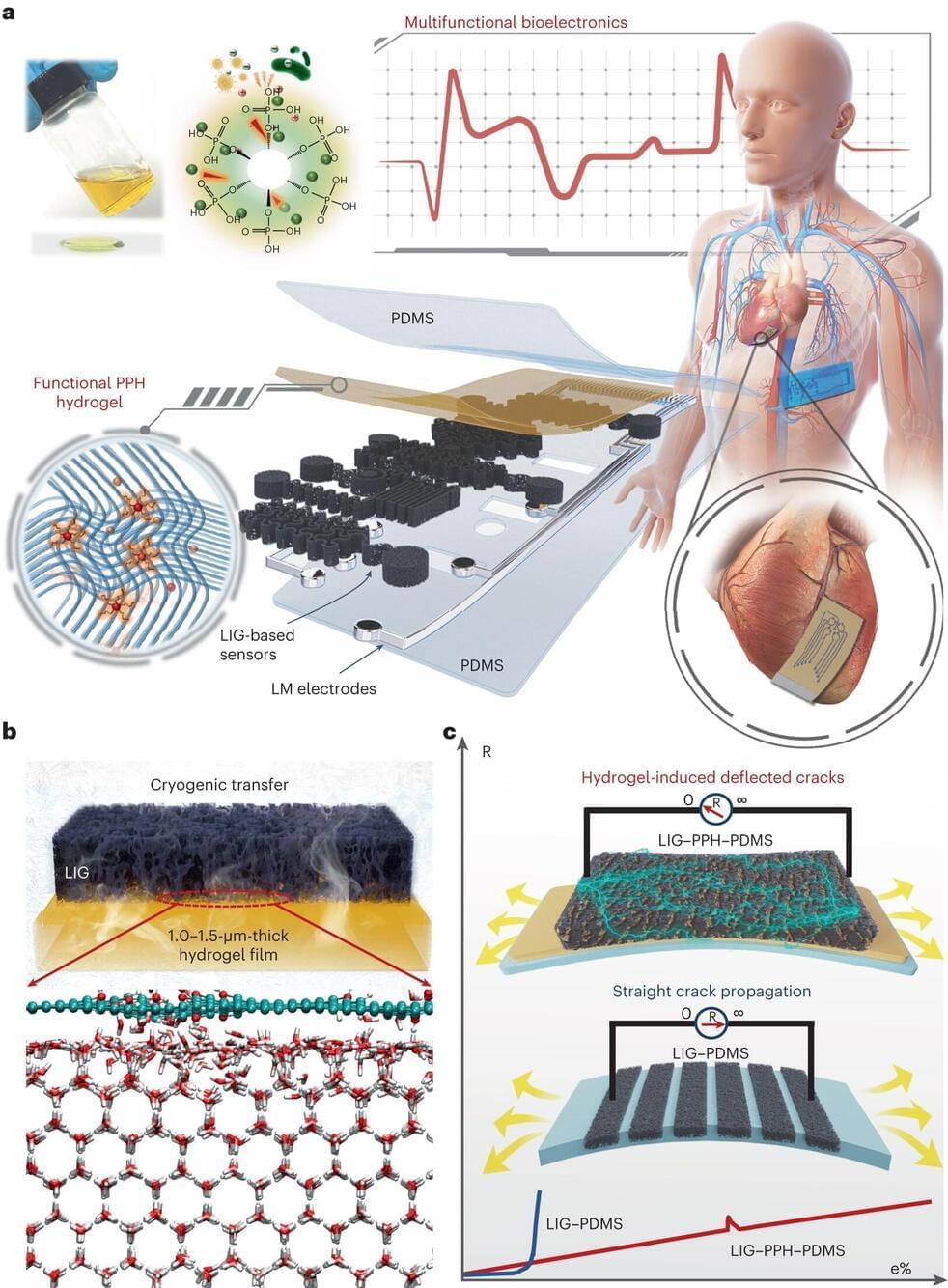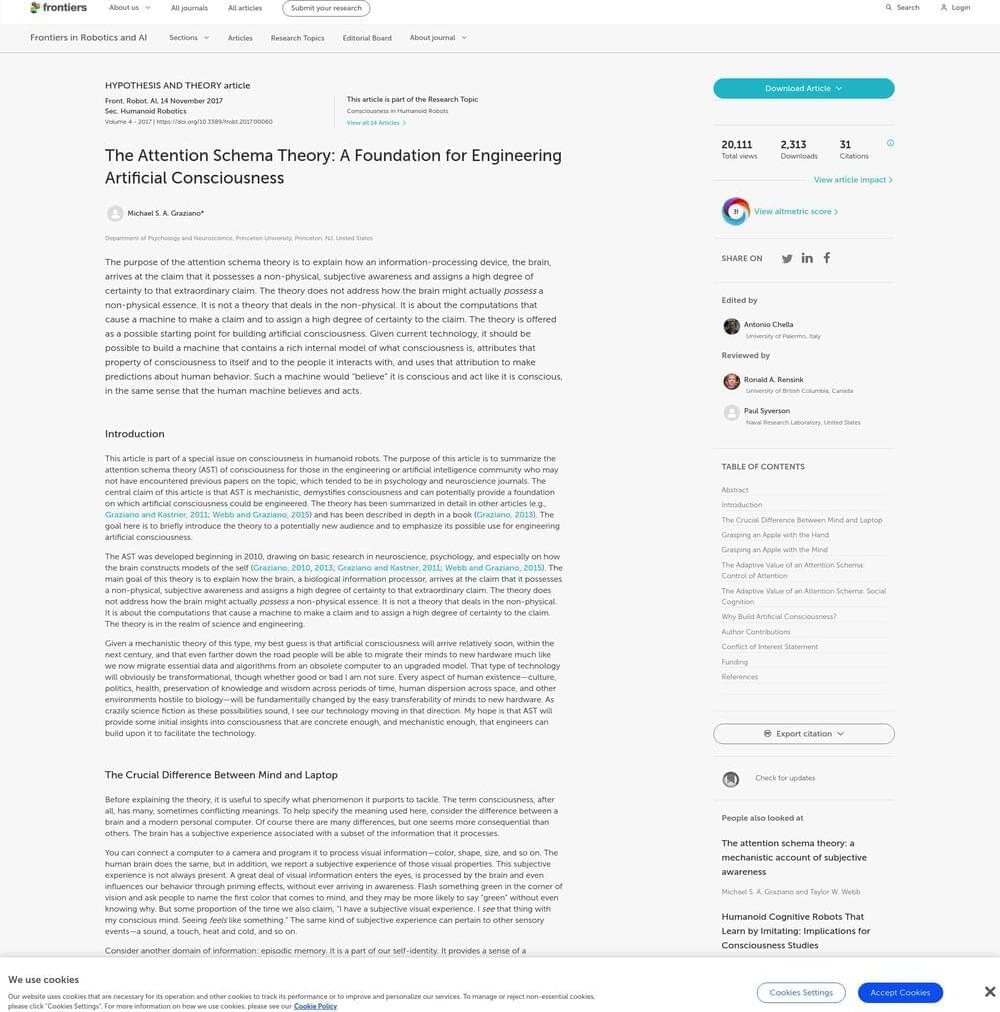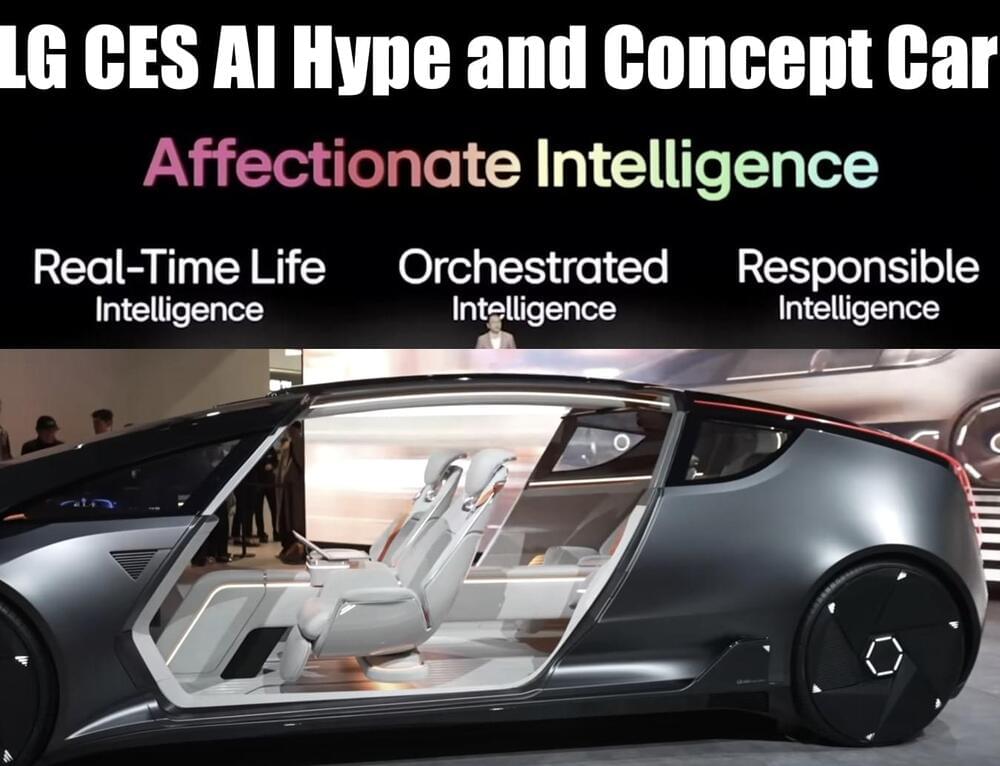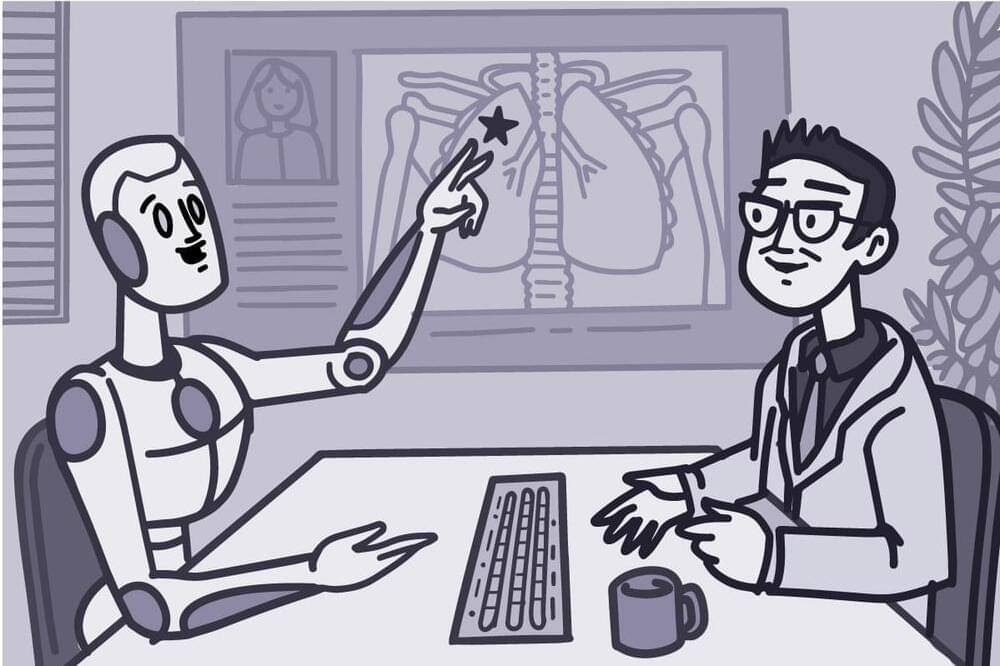Researchers say their artificial-intelligence system could help to democratize medicine.



A recent study published in Nature Electronics discusses stretchable graphene–hydrogel interfaces for wearable and implantable bioelectronics.
Stretchable and conductive nanocomposites with mechanically soft, thin and biocompatible features play vital roles in developing wearable skin-like devices, smart soft robots and implantable bioelectronics.
Although several design strategies involving surface engineering have been reported to overcome the mechanical mismatch between the brittle electrodes and stretchable polymers, it is still challenging to realize monolithic integration of various components with diverse functionalities using the current ultrathin stretchable conductive nanocomposites. This is attributed to the lack of suitable conductive nanomaterial systems compatible with facile patterning strategies.

Companies like OpenAI and Midjourney have opened Pandora’s box, opening them up to considerable legal trouble by training their chatbots on the vastness of the internet while largely turning a blind eye to copyright.
As professor and author Gary Marcus and film industry concept artist Reid Southen, who has worked on several major films for the likes of Marvel and Warner Brothers, argue in a recent piece for IEEE Spectrum, tools like DALL-E 3 and Midjourney could land both companies in a “copyright minefield.”
It’s a heated debate that’s reaching fever pitch. The news comes after the New York Times sued Microsoft and OpenAI, alleging it was responsible for “billions of dollars” in damages by training ChatGPT and other large language models on its content without express permission. Well-known authors including “Game of Thrones” author George RR Martin and John Grisham recently made similar arguments in a separate copyright infringement case.

The purpose of the attention schema theory is to explain how an information-processing device, the brain, arrives at the claim that it possesses a non-physical, subjective awareness and assigns a high degree of certainty to that extraordinary claim. The theory does not address how the brain might actually possess a non-physical essence. It is not a theory that deals in the non-physical. It is about the computations that cause a machine to make a claim and to assign a high degree of certainty to the claim. The theory is offered as a possible starting point for building artificial consciousness. Given current technology, it should be possible to build a machine that contains a rich internal model of what consciousness is, attributes that property of consciousness to itself and to the people it interacts with, and uses that attribution to make predictions about human behavior. Such a machine would “believe” it is conscious and act like it is conscious, in the same sense that the human machine believes and acts.
This article is part of a special issue on consciousness in humanoid robots. The purpose of this article is to summarize the attention schema theory (AST) of consciousness for those in the engineering or artificial intelligence community who may not have encountered previous papers on the topic, which tended to be in psychology and neuroscience journals. The central claim of this article is that AST is mechanistic, demystifies consciousness and can potentially provide a foundation on which artificial consciousness could be engineered. The theory has been summarized in detail in other articles (e.g., Graziano and Kastner, 2011; Webb and Graziano, 2015) and has been described in depth in a book (Graziano, 2013). The goal here is to briefly introduce the theory to a potentially new audience and to emphasize its possible use for engineering artificial consciousness.
The AST was developed beginning in 2010, drawing on basic research in neuroscience, psychology, and especially on how the brain constructs models of the self (Graziano, 2010, 2013; Graziano and Kastner, 2011; Webb and Graziano, 2015). The main goal of this theory is to explain how the brain, a biological information processor, arrives at the claim that it possesses a non-physical, subjective awareness and assigns a high degree of certainty to that extraordinary claim. The theory does not address how the brain might actually possess a non-physical essence. It is not a theory that deals in the non-physical. It is about the computations that cause a machine to make a claim and to assign a high degree of certainty to the claim. The theory is in the realm of science and engineering.


Prototypes, slideware and vaporware is easy. LG showed a cool prototype self driving concept car at CES 2024. There was also new AI marketing buzzwords and AI promises.
The concept car has swiveling seats so that passengers can look at any direction. There were also great LG screens to immerse passengers with video.
Real AI is emerging this year but there will also be a lot of AI Hype.

The company says it’s focusing on ‘quality and reliability’ while also laying off hundreds.
Several “underutilized” Google Assistant features will soon be joining the infamous Google graveyard — such as the ability to use your voice to send an email, video, or audio messages — as the search giant introduces changes it says will make the feature easier to use. The company is also changing how the microphone works in the Google app and Pixel Search bar.
Starting January 26th, users who activate any of the 17 Assistant features being removed will be notified that it’s being discontinued, with most features departing for good on February 26th, according to 9to5Google. This news comes less than a day after Google announced it was laying off around a thousand employees, some of whom worked on Google Assistant.
The Assistant features being removed will impact mobile, smartwatch, and smart speaker/display devices, though Google does offer workarounds to replicate some lost functionality. However, some features such as the Calm meditation service integration, are being removed entirely. The alternatives users are directed to are also not directly equivalent to many of the deleted features.

LimX Dyamics claims CL-1 is one of the few humanoid robots around the world that achieves dynamic stair climbing based on real-time terrain perception.
The Chinese company claims that CL-1 stands out as one of the few models capable of dynamic stair climbing through real-time terrain perception among the global array of humanoid robots. This is achieved through sophisticated motion control and AI algorithms developed by LimX Dynamics, complemented by their proprietary high-performance actuators and hardware systems.
Environment perception
The firm says that the testbed biped bot is designed to “serve as a platform for tackling cutting-edge technology challenges in humanoid robots,” Evolving from the point-foot bipedal P1, CL-1 started as a stable and efficient base for developing and testing motion control algorithms for humanoid robots.

One approach to AI uses a process called machine learning. In machine learning, a computer model is built to predict what may happen in the real world. The model is taught to analyze and recognize patterns in a data set. This training enables the model to then make predictions about new data. Some AI programs can also teach themselves to ask new questions and make novel connections between pieces of information.
“Computer models and humans can really work well together to improve human health,” explains Dr. Grace C.Y. Peng, an NIH expert on AI in medicine. “Computers are very good at doing calculations at a large scale, but they don’t have the intuitive capability that we have. They’re powerful, but how helpful they’re going to be lies in our hands.”
Researchers are exploring ways to harness the power of AI to improve health care. These include assisting with diagnosing and treating medical conditions and delivering care.